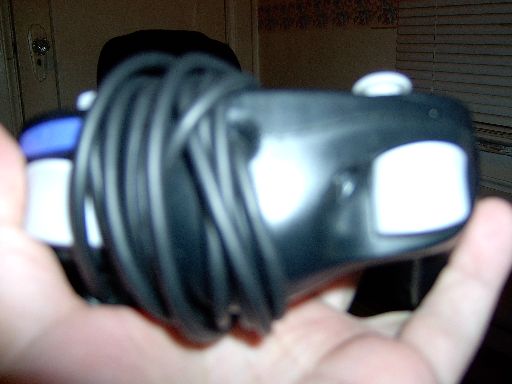After I had my NES for a while, I got a decent selection of games that I had played to death. Most of them I traded in for other games at my local resale shop, but a few, like Super Mario Bros. I kept, even though I didn’t play them much.
A while later, I got wind of an add-on device that promised to ‘breathe new life’ into my old games, the Game Genie.
For those of you unfamiliar with it, the Game Genie is a piece of hardware that gets inserted in between your NES and the game you’re wanting to play. You put in some codes (either from the manual or you could just randomly poke around on the code entry screen). Depending on what codes you put in, you’d get varying effects. Stuff like: infinite lives, late-game powerups early on, ludicrous rewards for defeating a foe, that kind of thing. How it worked is a little beyond the scope of this article, but the gist is that it effectively replaced bits of code in the game with its own, resulting in a change.
So I put in in, played a few games with it, and after a few weeks, started to get bored with it. Why? Mostly because the games I’d played were games that I already played until my fingers were numb and I knew them inside and out. Twiddling with the gravity in Super Mario Bros. was kind of neat for a few minutes of goofing around and flying around a few of the levels, but ultimately not that satisfying.
But that didn’t stop me from getting the Game Genie for the Game Boy a while later, and then for the Super NES a while after that. They were gimmicky novelties that I just had to have.


